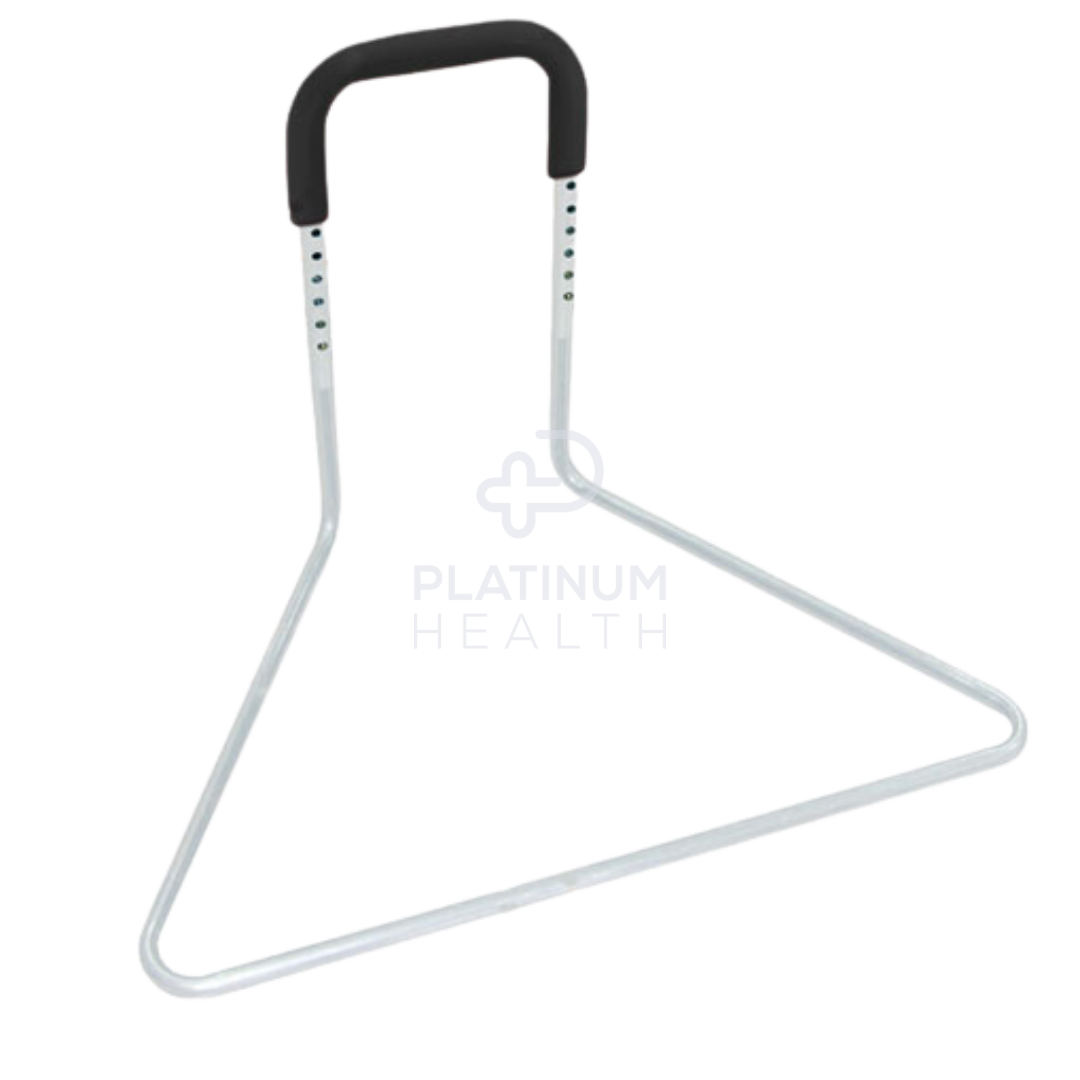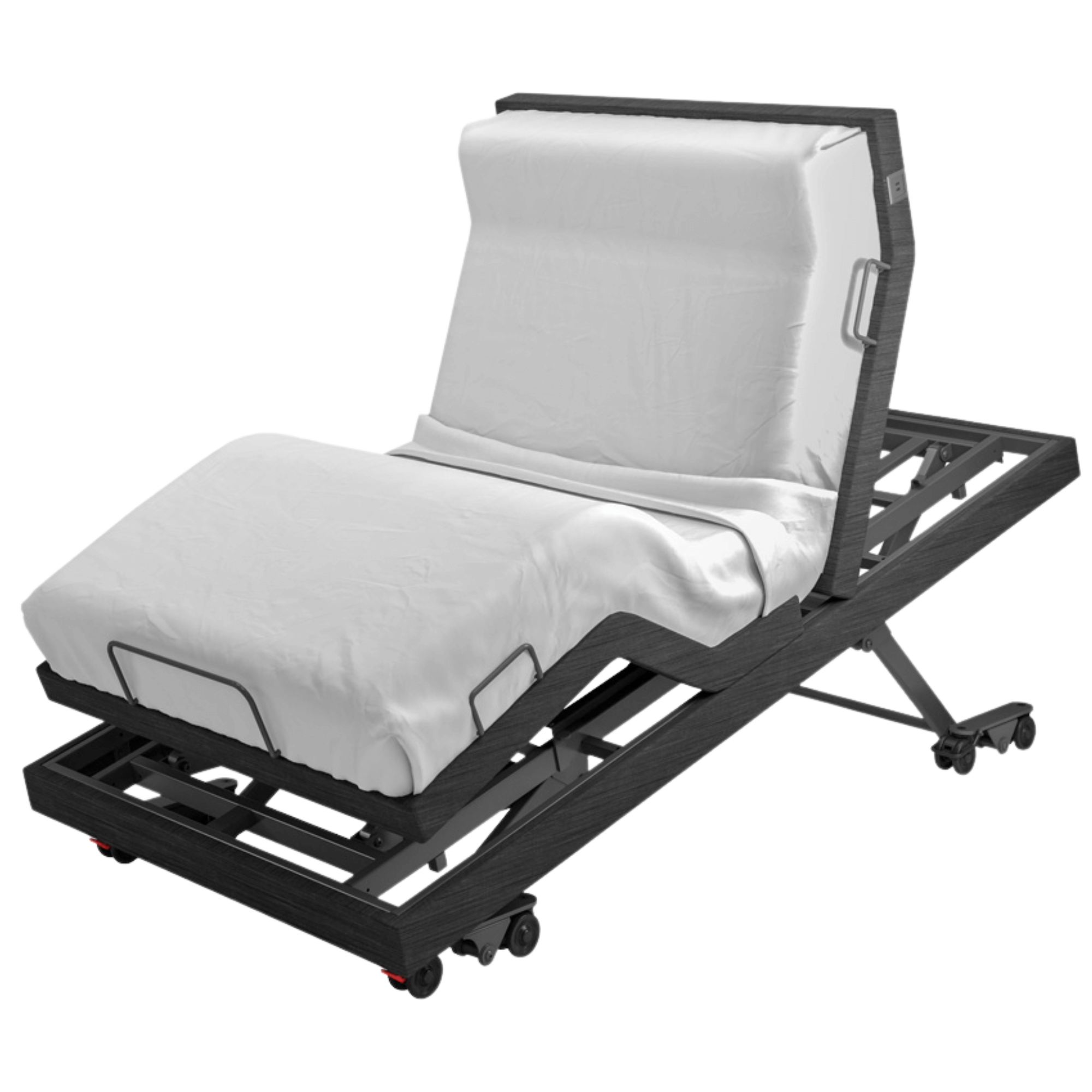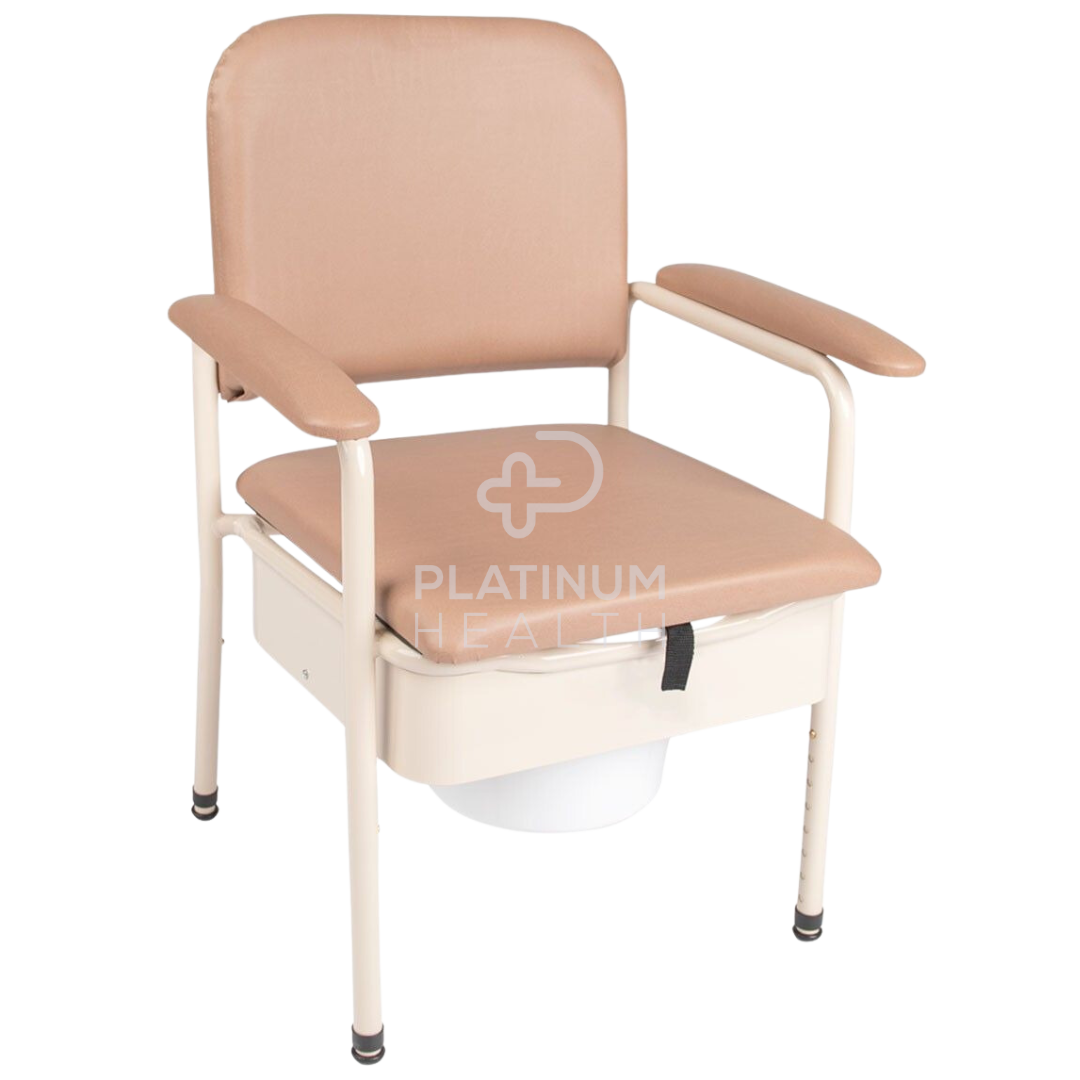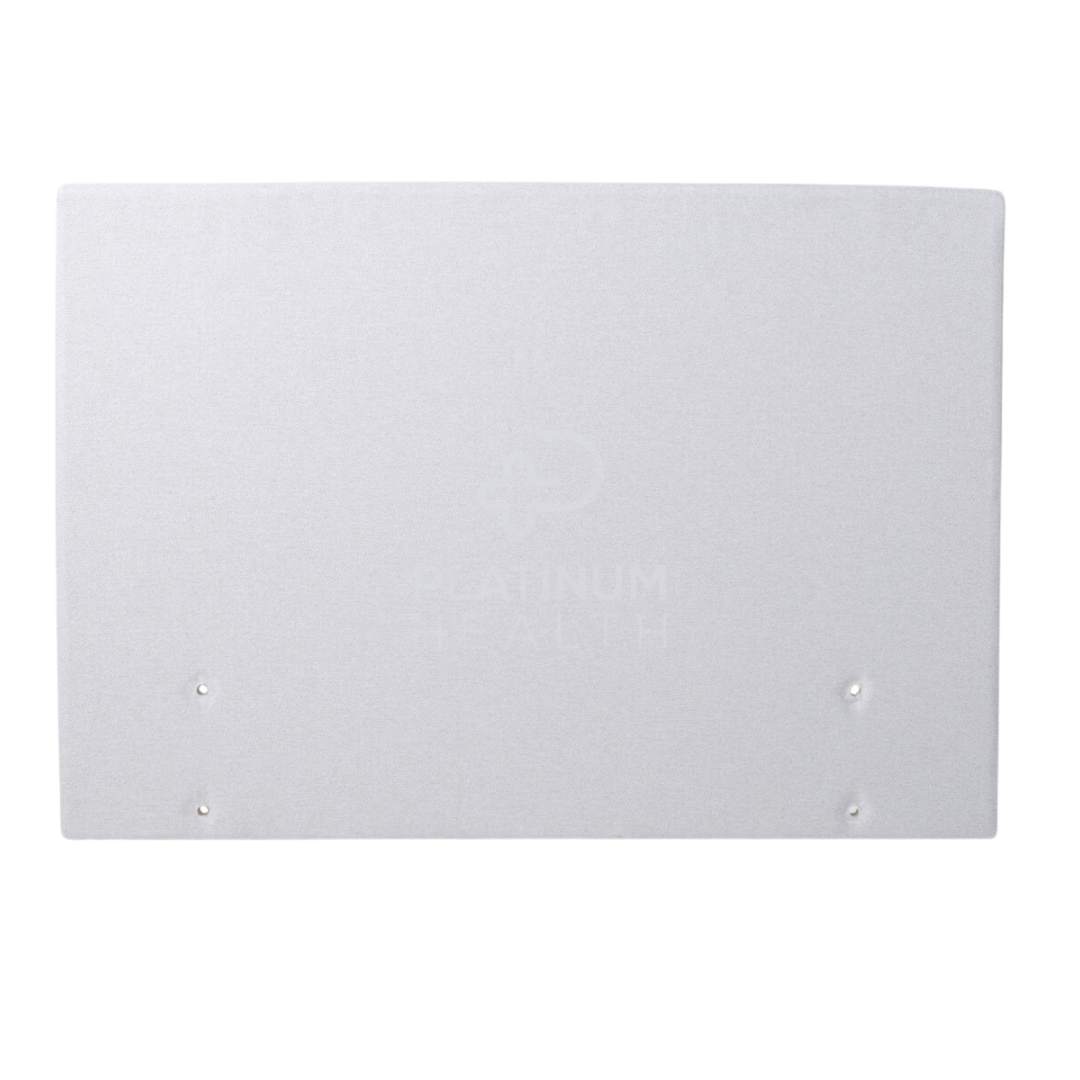Best Bedroom Aids to Reduce Injury Risk for At-Home Senior Care

For most of us, the bedroom is where we unwind, recharge, and feel at ease. But for someone recovering from surgery, living with limited mobility, or just getting older, it can quickly become one of the riskiest rooms in the house.
Think about it—low lighting, slippery floors, soft mattresses, and that tricky moment of trying to swing your legs out of bed at 2am. A small stumble can turn into a big setback.
But here’s the good news: you don’t need a complete home renovation to make the bedroom safer. With the right bedroom aids, you can turn a high-risk zone into a confidence-boosting, injury-reducing haven. Whether you're supporting a loved one or choosing equipment for yourself, the goal is the same—comfort, dignity, and peace of mind.
Check if You’re Eligible for Funding First
Did you know that many essential bedroom safety products may be fully or partially funded under government-supported care programs in Australia? Whether you're a family carer or a clinical provider supporting someone at home, it’s worth checking eligibility — because the right tools can make a huge difference, and financial help might already be available.
Here's where support may come from:
- NDIS (National Disability Insurance Scheme) - For individuals under 65 living with a permanent and significant disability. NDIS funding often covers assistive technology, including bed rails, transfer aids, commodes, and more — especially when related to mobility, safety, and toileting support.
- Home Care Packages (HCP) & My Aged Care - Seniors living at home with HCP Level 1–4 support may be eligible for mobility aids, toileting support products, bed safety equipment, and more. These programs aim to keep older Australians living safely and independently for longer.
- Department of Veterans’ Affairs (DVA) - Veterans and war widows/widowers may access equipment and daily living aids through DVA, depending on their clinical needs and entitlements. Bedroom safety and fall prevention are often prioritised in assessments.
Not sure where to start?
We’ve broken it all down in our easy-to-follow guide — including eligibility, claim steps, and examples of products typically covered.
View our Funding Programs Guide here. Because peace of mind, safety, and independence shouldn’t be out of reach.
Must-Have Bedroom Aids That Help Prevent Injury and Promote Independence
Creating a safe, supportive bedroom environment starts with the right tools. Whether you're supporting a loved one at home or setting up a professional care space, these bedroom aids are thoughtfully designed to minimise risk, promote confidence, and make everyday tasks a little easier.
1. Hero Medical Bed Rail with Adjustable Height & Handle

Best for: Seniors or patients who need extra support when getting in or out of bed.
If you've ever watched someone struggle to get out of bed safely, you know how important sturdy bed rails can be. The Hero Medical Bed Rail is more than just a handle—it’s a reliable bedside companion. With an ergonomic, padded grip and height adjustability, it provides stable support whether the person is sitting up, repositioning, or transitioning to stand.
Why it matters:
- Reduces the risk of falls during one of the highest-risk activities: bed transfers.
- Encourages independence for individuals who still have upper body strength but just need a little help.
Care Tip: Ensure the bed rail is securely anchored beneath the mattress and adjusted to the user’s ideal height. Check stability regularly to maintain safety.
2. Aspire ComfiMotion Activ Care Ultra Low Bed

Best for: Bed-bound individuals or clients at high risk of falling out of bed.
This isn’t just a bed—it’s a safety-first foundation for long-term care. The Ultra Low design reduces the distance to the floor, minimising injury if a fall does occur. The bed also offers electronic height adjustment and positioning features to improve comfort and support clinical care.
Why it matters:
- Low height prevents serious injury from bed falls.
- Motorised positioning helps with pressure care, circulation, and comfort.
Care Tip: Always return the bed to its lowest setting at night or when unattended. Use side rails or fall mats if necessary.
3. Hero Medical Bedside Commode

Best for: Clients with mobility limitations who cannot easily access the bathroom at night.
Night-time toileting is a major fall risk, especially in older adults. This bedside commode allows users to relieve themselves without needing to navigate their way to the bathroom in the dark or under fatigue. The padded seat and discreet appearance make it a more comfortable and dignified alternative.
Why it matters:
- Reduces fall risk during overnight bathroom trips.
- Maintains hygiene and independence.
Care Tip: Position the commode within arm’s reach from the bed and ensure it's emptied and cleaned daily to prevent odours or spills.
Also available: Raised Commode Seat with Arms by Hero Medical
4. Royale Medical Multi-Motion Bed Head Board

Best for: Clients at risk of hitting their head against the wall due to limited mobility, involuntary movements, or frequent repositioning in bed.
Night-time repositioning, sitting up suddenly, or sliding backwards in bed can lead to painful bumps or even injuries if the bed is placed directly against a hard wall. This cushioned headboard offers soft, padded protection that helps absorb impact and reduce pressure injuries — all while making the sleeping space feel more comfortable and secure.
Why it matters:
- Helps prevent bruises and head injuries caused by accidental bumps.
- Offers added comfort for patients who sit up or lean back in bed.
- Supports safer repositioning and reduces anxiety around movement during sleep.
Care Tip: Wipe the headboard down regularly with a damp cloth and mild detergent to keep it clean and hygienic. Make sure it’s securely positioned behind the bed and doesn’t shift with movement. Ideal for use in conjunction with hospital-style or adjustable beds.
Available sizes: Double, King Single, Queen, and Single
Available colours: Ardo Grey and Jet Black
5. PremiumLift Self Help Pole

Best for: Independent repositioning or assisted transfers.
Ideal for users with upper body strength, the PremiumLift Pole gives individuals more control over their movements. Whether it’s shifting in bed, pulling oneself into a seated position, or assisting with a carer-supported lift, this tool builds both confidence and strength.
Why it matters:
- Supports independence and reduces strain on carers.
- Encourages active participation in daily care routines.
Care Tip: Place the pole securely under the bed base or frame. Guide new users on proper hand placement and safe lifting technique.
6. Patient Transfer Turntable

Best for: Individuals who can stand with support but have difficulty pivoting or turning.
This clever tool makes turning easier and safer for both users and carers. It reduces shear and twisting injuries by allowing a smooth, controlled pivot between surfaces (e.g., bed to chair, chair to commode).
Why it matters:
- Minimises joint strain and fall risk.
- Great for clients with joint stiffness, arthritis, or partial mobility.
Care Tip: Use only on flat, stable surfaces. Always guide the person using it to maintain balance and encourage slow, controlled movement.
Why Bedroom Injury Prevention Matters (and What You Can Do About It)
When it comes to keeping loved ones safe at home, the bedroom often gets overlooked. But it's actually one of the most high-risk zones for injury—especially for seniors and people recovering from illness. Here’s why injury prevention in the bedroom should be a top priority, and how it can dramatically improve quality of life.
1. Most Falls Happen at Home—And Many Start in the Bedroom
According to Injury Matters, falls are the leading cause of injury-related hospitalisations for Australians aged 65 and up. Bedrooms are prime spots for these incidents due to soft surfaces, dim lighting, clutter, and night-time disorientation.
It’s not just about the fall itself—it’s the recovery time, the loss of independence, and the fear of it happening again. One fall can turn into a full-blown lifestyle change.
2. Midnight Bathroom Trips Are Riskier Than You Think
That sleepy shuffle to the toilet in the middle of the night? It might seem harmless, but low visibility, postural instability, and medications can create a perfect storm. The National Institute on Aging warns that many overnight falls happen during bed-to-bathroom transitions.
A well-placed grab rail, bedside light, or transfer aid can make this daily routine much safer—helping to preserve dignity while preventing accidents.
3. Fatigue and Medication Side Effects Increase Risk
Whether it’s dizziness from a new prescription or general post-surgical weakness, many patients don’t realise just how unsteady they are until it’s too late. Vive Health notes that combining physical fatigue with environmental hazards is one of the biggest contributors to in-home falls.
That’s why having bedroom aids that reduce effort, like lift chairs or bed rails, can make a real difference in everyday mobility and confidence.
4. Fear of Falling Can Lead to Isolation and Decline
It’s not just physical injury we’re preventing here—it’s also emotional and social damage. According to Zoma Sleep, many older adults begin to avoid certain activities (like getting up in the night, reaching for a book, or even leaving their bedroom) simply out of fear.
By introducing thoughtful safety tools into the bedroom, you’re not just reducing risk—you’re giving someone their confidence back.
5. You Don’t Need a Renovation—Just the Right Equipment
Good news: you don’t have to tear the house down to make a big impact. The right bedroom aids can work with your existing space to make it safer, more comfortable, and easier to navigate.
From non-slip bed pads and height-adjustable beds to low-friction sheets and floor-safe lighting, there are plenty of ways to transform a standard bedroom into a safety-first sanctuary—without making it feel too clinical.
Sleep Better, Safer
Reducing injury risk in the bedroom isn’t just about safety — it’s about dignity, independence, and peace of mind. The right aids can turn a high-risk space into a haven for rest, recovery, and daily routines. Whether you're supporting a loved one, managing your own needs, or working with clients in aged or disability care, investing in the right bedroom equipment is a small change that makes a massive difference.
From adjustable beds and bed rails to transfer tools and bedside commodes, every aid is designed to give people more control over their environment — and you can see and feel the difference that makes.
Come Try These Bedroom Aids in Person at Our Epping Showroom
Not sure which equipment will work best in your home? Want to test the height of a bed rail or see how easily the transfer turntable swivels? Come and visit our friendly team at the Platinum Health Supply Group Epping Showroom.
Unit 2/51 Trafalgar Road, Epping VIC 3076
Open Monday to Friday: 9:00 AM – 5:00 PM
Prefer to chat first? Give us a call — we’re happy to walk you through options before you stop by.
Whether you’re local to Epping, Thomastown, Lalor, or South Morang, or you're supporting someone remotely, we’re here to help you make informed, confident choices. And if you're further afield? Don’t worry — we ship Australia-wide.
Let’s make bedrooms safer, smarter, and more supportive — together.
